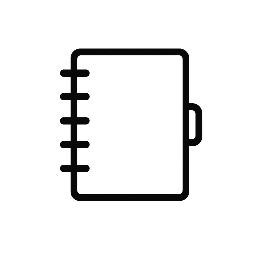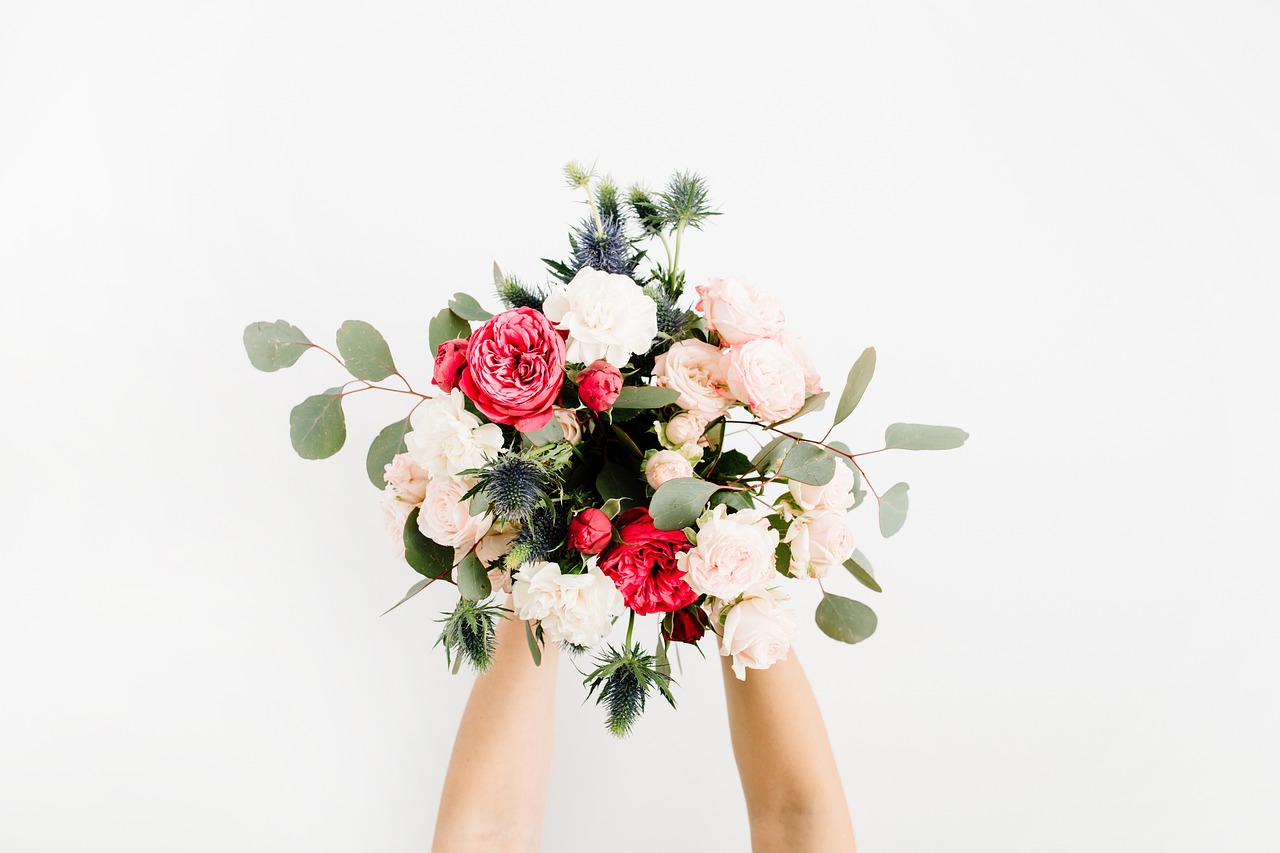Low maintenance indoor plants are ideal for individuals who want greenery without the hassle of constant care. They require minimal watering, tolerate low light, and are generally resilient to common indoor conditions. These plants offer a simple way to enhance indoor spaces with little effort or time commitment.
Choosing the right low maintenance plant means focusing on species that thrive with neglect and adapt well to indoor environments. Examples include snake plants, pothos, and ZZ plants, which are known for their durability and ease of care. This makes them perfect for busy lifestyles or beginners.
By selecting plants suited for low care, anyone can enjoy the benefits of indoor greenery, such as improved air quality and ambiance, without stress or frequent troubleshooting. This article will explore the best options and practical tips for keeping them healthy.
Top Low Maintenance Indoor Plants
Indoor plants that require little care often thrive in low light, need infrequent watering, and adapt well to various indoor environments. Some suit beginners, while others are drought-tolerant, pet-friendly, or ideal for limited space.
Best Plants for Beginners
Snake plants (Sansevieria) are excellent for those new to indoor gardening. They tolerate low light and only require watering every few weeks. Their resilient nature makes them hard to kill.
Pothos (Epipremnum aureum) is another beginner favorite. It grows well in indirect light and can survive occasional missed watering. The trailing vines add greenery without demanding upkeep.
Spider plants (Chlorophytum comosum) adapt to various lighting conditions. They bounce back quickly if forgotten and propagate easily, allowing beginners to expand their collection with minimal effort.
Drought Tolerant Varieties
Succulents like aloe vera and echeveria require minimal water, making them ideal for forgetful caretakers. These plants store water in their leaves, surviving dry spells up to several weeks.
ZZ plants (Zamioculcas zamiifolia) also excel in drought tolerance. They prefer indirect light and can withstand low humidity. Watering once a month is typically sufficient.
Cacti are naturally adapted to dry environments. While they need bright light, their watering schedule is infrequent, typically once every few weeks or when the soil is completely dry.
Pet-Friendly Options
Areca palm (Dypsis lutescens) is non-toxic to cats and dogs and offers lush foliage. It prefers bright, indirect light and needs moderate watering.
Parlor palms (Chamaedorea elegans) pose no threat to pets. They thrive in low light and moderate humidity, making them suitable for many indoor settings.
Boston ferns (Nephrolepis exaltata) are safe for animals and help purify indoor air. They require regular watering but tolerate indirect sunlight well, fitting most homes with pets.
Compact Choices for Small Spaces
Air plants (Tillandsia) need no soil and thrive in small containers. They require only misting once a week and prefer bright, indirect light.
Succulents and cacti are naturally compact. They fit into tight spaces like shelves or windowsills and require minimal care.
Baby rubber plants (Peperomia obtusifolia) grow slowly and remain small. They prefer moderate light and allow for simple maintenance in confined areas.
Essential Care Tips for Low Maintenance Indoor Plants
Low maintenance indoor plants require specific but simple care routines. Proper watering, adequate light, and minimal fertilizing keep these plants healthy without much effort.
Watering Guidelines
Low maintenance plants typically need watering only when the top inch of soil feels dry. Overwatering is a common cause of problems and should be avoided.
Plants like snake plants and succulents store water and can tolerate longer dry periods. Using a moisture meter can help determine when to water precisely. Water thoroughly but ensure excess drains out to prevent root rot.
A good rule is to check moisture levels twice a week in warm months and once every two weeks in cooler months. Adjust based on humidity and plant type.
Lighting Requirements
Most low maintenance plants thrive in indirect sunlight. Bright, filtered light is ideal for species like pothos and ZZ plants.
Direct sunlight can scorch leaves, so placing plants near east or north-facing windows is often best. Low light tolerant plants can survive in shaded areas but may grow more slowly.
Artificial grow lights are a useful supplement if natural light is inadequate. Keep light exposure generally between 6-12 hours daily for optimal growth.
Fertilizing Simplified
Low maintenance plants require minimal feeding. Fertilize only during the active growing season, typically spring through summer.
Use a balanced, diluted liquid fertilizer once every 4-6 weeks. Too much fertilizer can damage roots or cause leaf burn.
Some low maintenance plants, like snake plants, can go months without fertilizer. Less frequent feeding supports slow but steady growth and reduces maintenance efforts.


Leave a Reply